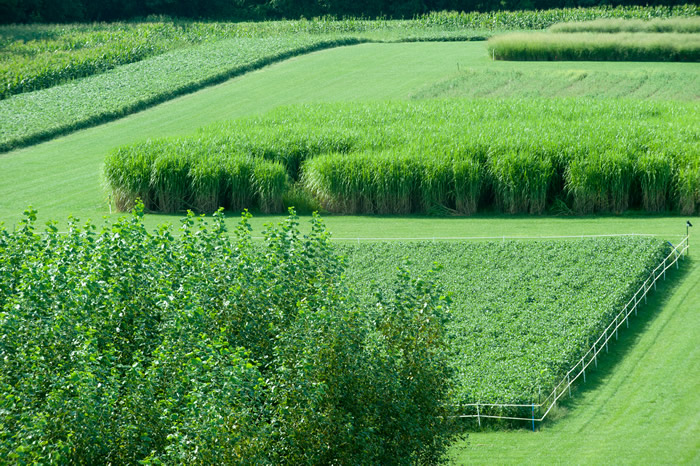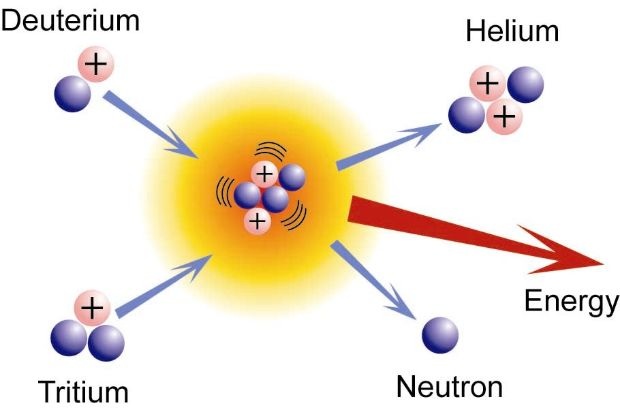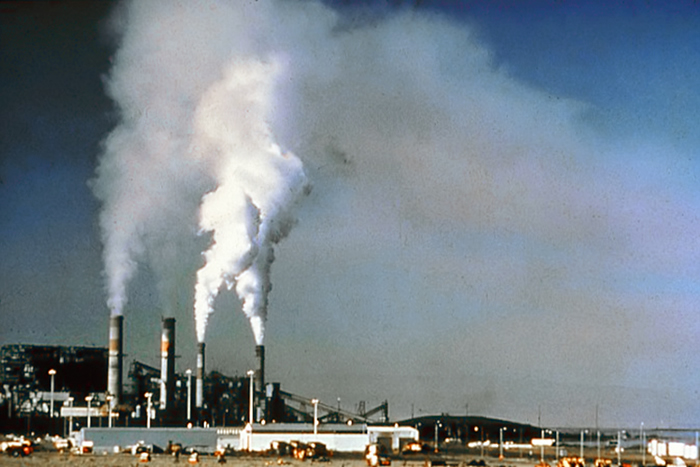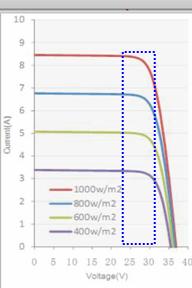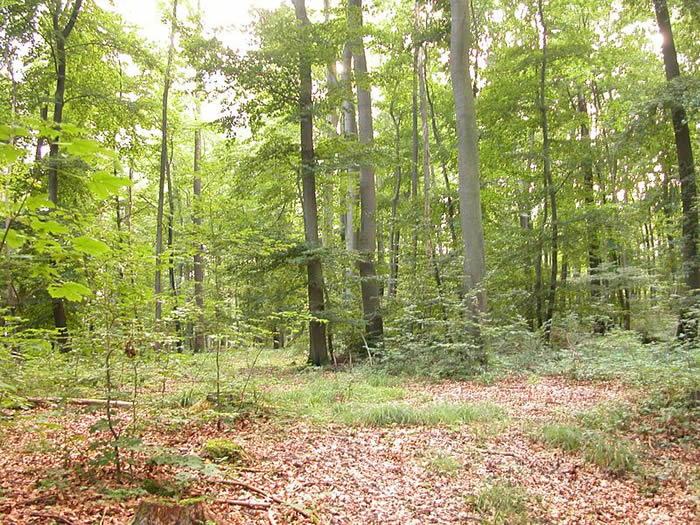U.S. Department of Energy's Wave Energy Prize
The Department of Energy is investing in renewable energy through the Wave Energy Prize and is offering an opportunity for both seed funding and prize purses totaling more than $1 million for qualified prize participants.
Is Biomass Heating Really Carbon Friendly?
For people who use coal or oil for heating, switching to biomass will certainly reduce carbon emissions as long as there is a program in place for sustainable management of the resource.
Energy from Agricultural Waste
Even a small farmer could join a co-op and get in on this trend. These co-ops are growing and are being promoted by organizations interested in furthering the cause of renewable energy.
Producing Cellulosic Ethanol
Ethanol production must move away from the exclusive use of corn, or any food crops, as a feedstock. Our technology will allow for biomass diversification, and the use of the most abundant biomolecule on Earth: cellulose.
Using Algae to Produce Four Key Fuels
At Algenol, algae is combined with carbon dioxide, salt water and sunlight in Algenol's proprietary photobioreactor system to produce thousands of gallons of fuel per acre.
Cogeneration Goes Global
As CHP systems can tap into a wide array of fuels to operate including coal, biomass and natural gas, there are few restrictions on where they can be installed.
More to Biofuel Production than Yield
With supportive policies, we envision the ability to design agricultural landscapes to maximize multiple benefits.
New Climate Norms
To be on the safe side, the development of alternative energy sources could keep the actuality of long term global warming from happening.
Controlled Nuclear Fusion:
The Energy Source That Is Always A Few Years Away
In my opinion the potential payoff of nuclear fusion is too big and important for the world to ignore.
Overview of Carbon Capture
Carbon Dioxide Capture and Storage is a transitional technology mitigating climate change as we implement proven alternative energy technologies.
A Daunting Expedition Through The Energy Harvesting Countryside - Part 1
I live in the middle of the woods out in the country in Ohio; far enough out where there is no cable service, no gas, no piped-in water, no sewers, cell phones don't work, the grid provides reasonable power most of the time, and the one analog-POTs telephone line works if there is not too much water in the crick.
A Daunting Expedition Through The Energy Harvesting Countryside.- Part 2
In Part 1 we examined the energy bank, and the loads upon it. Next, we will explore some of the energy harvesting needs and capabilities.
Biogas Plants
Due diligence for financial security and technical safety
Profitable and safe operation of a biogas plant involves the interaction of many factors. Providing 360°screening, technical due diligence ensures clarity regarding safety and cost-effectiveness throughout all phases of the project.
New Guidelines Encourage Biodiesel Production in Texas
The Texas Commission on Environmental Quality (TCEQ) has introduced new state guidelines which allow for biodiesel to be blended at any ratio into any compliant fuel.
Woody Biomass: An Emerging Bio-Energy
The WBUGP provides financial support to projects ( up to a maximum of $250,000) that responsibly use woody biomass to produce energy. It also supports projects that seek to remove economic and market barriers that restrict the use of woody biomass as a source of renewable bio-energy.
Records 1 to 15 of 71
Featured Product

S-5!® PVKIT™ 2.0 Solar Rooftop Solutions
The concept of combining PV arrays with standing seam metal roofing is growing-for good reasons. Metal roofs have a life expectancy of more than 40 years. Shouldn't the mounting system last as long? With S-5! zero-penetration attachment technology and PVKIT 2.0, the solarized metal roof is the most sustainable system available -and without compromising roof warranties! PVKIT 2.0 is the also the best solution for attaching PV modules directly to any exposed fastener metal roof.


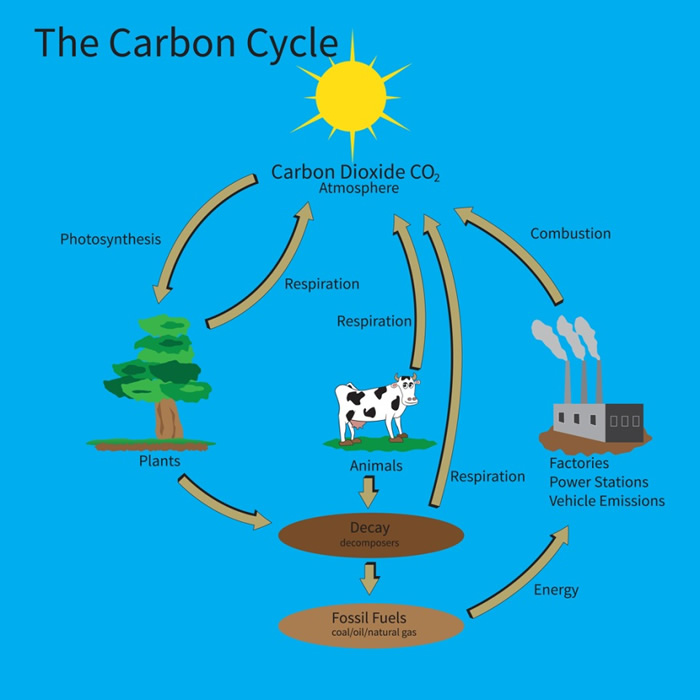



.png)
